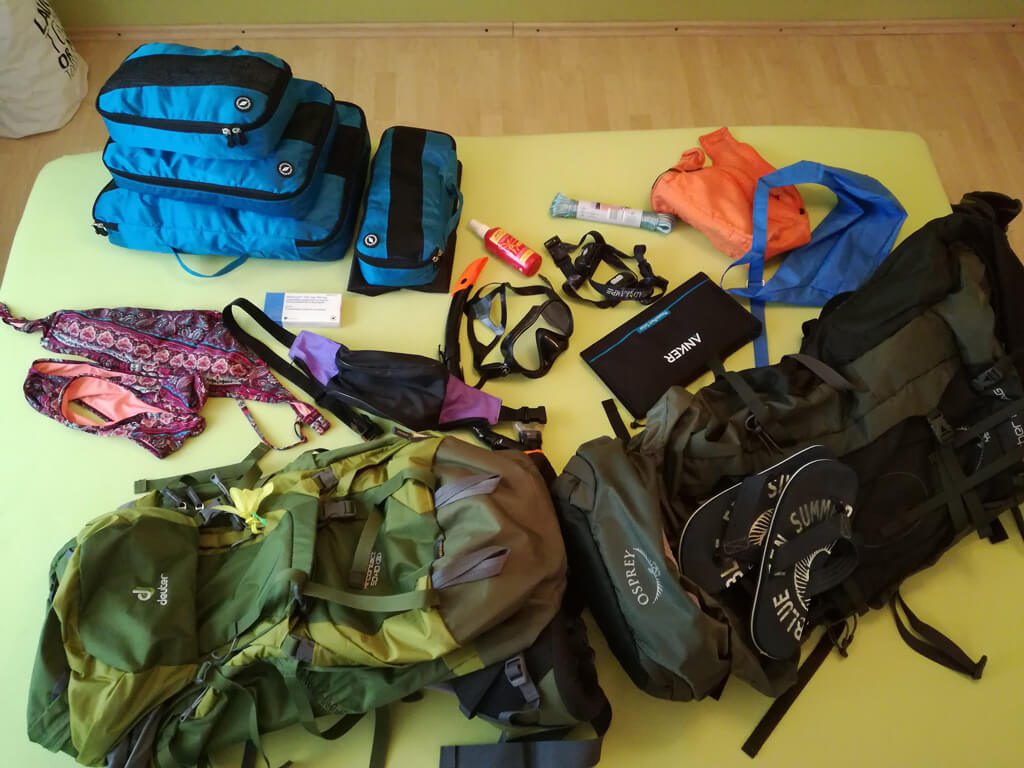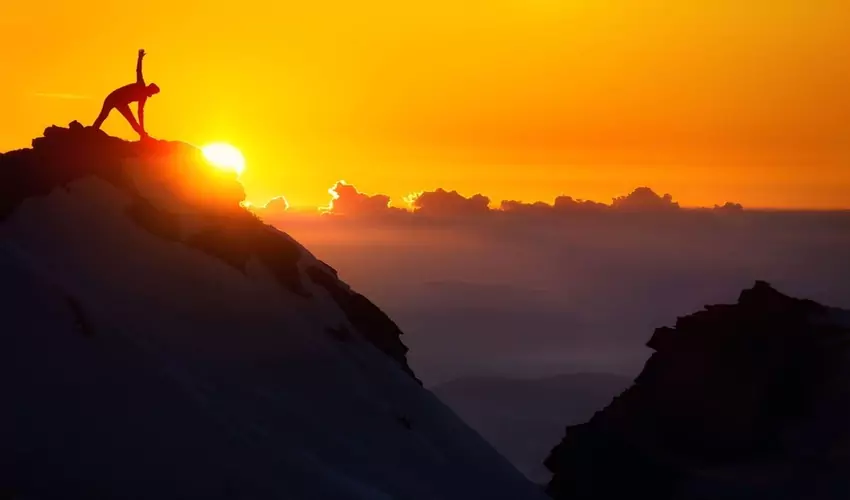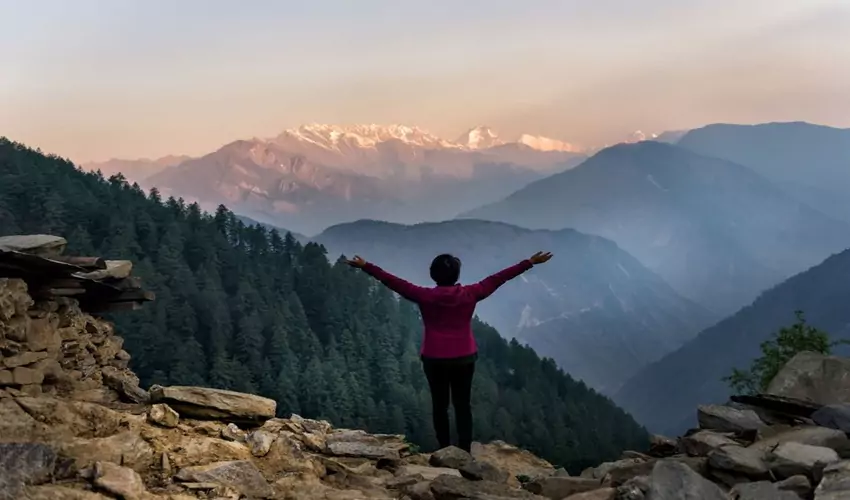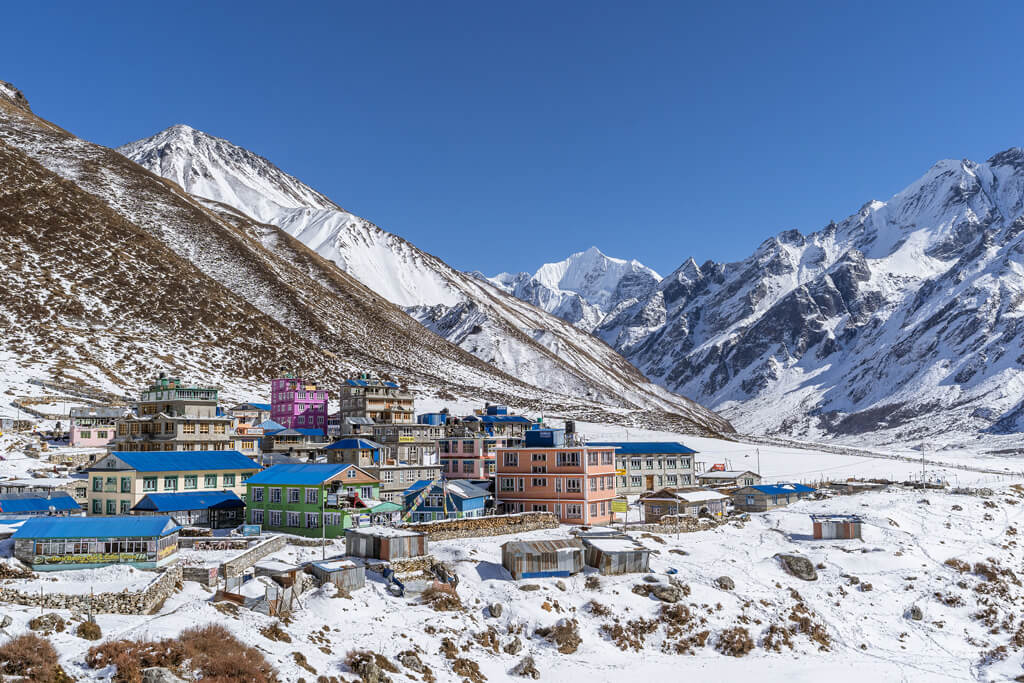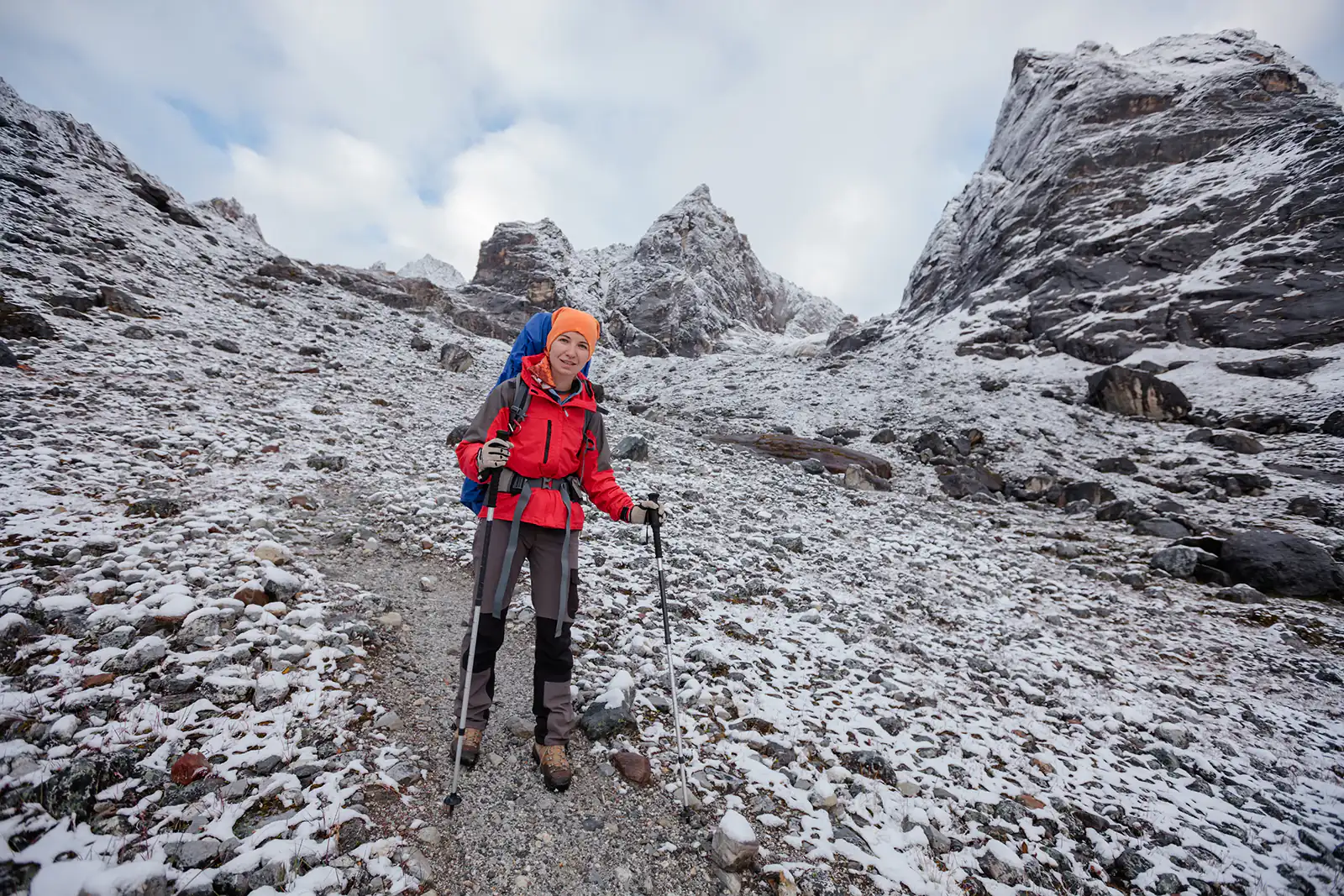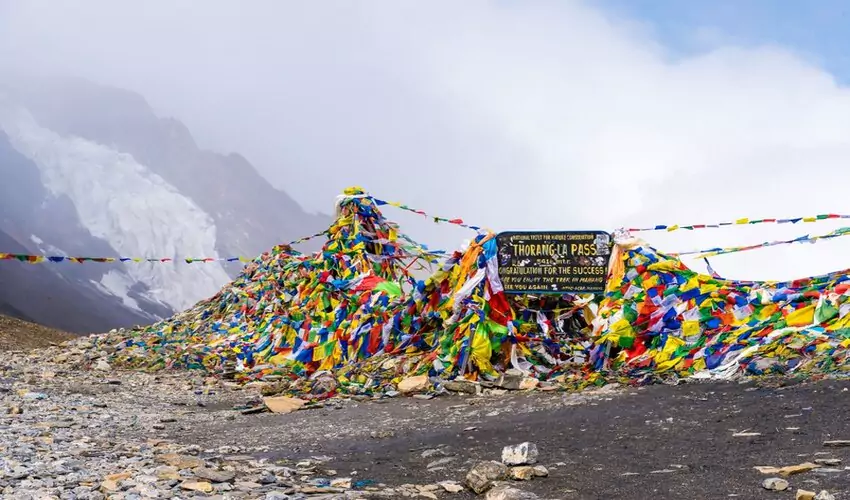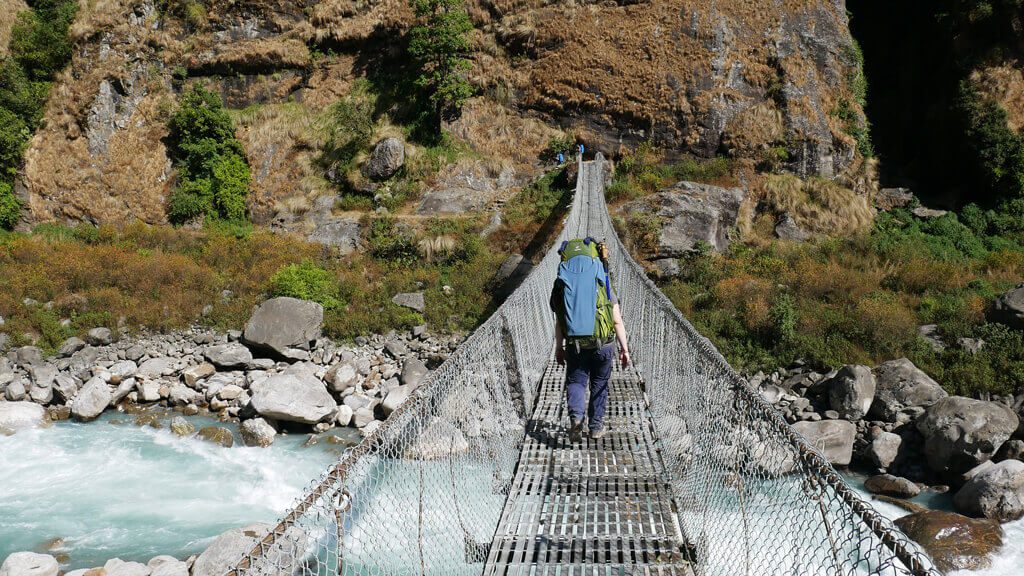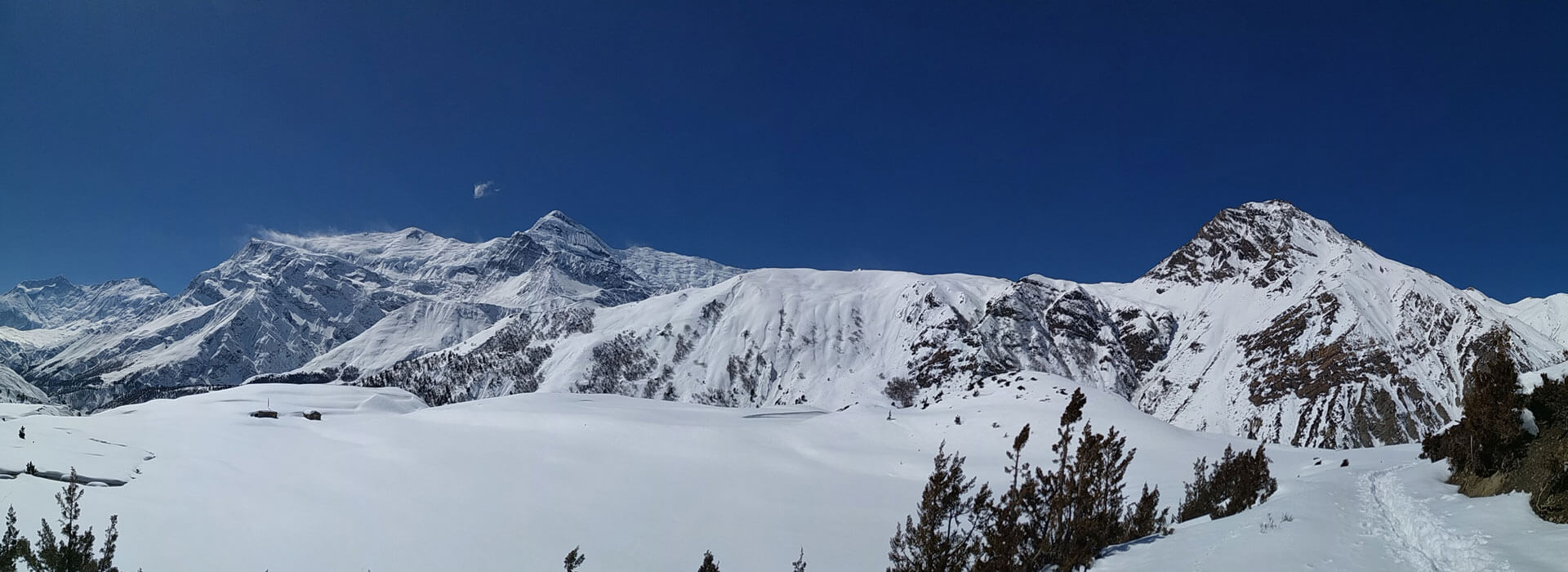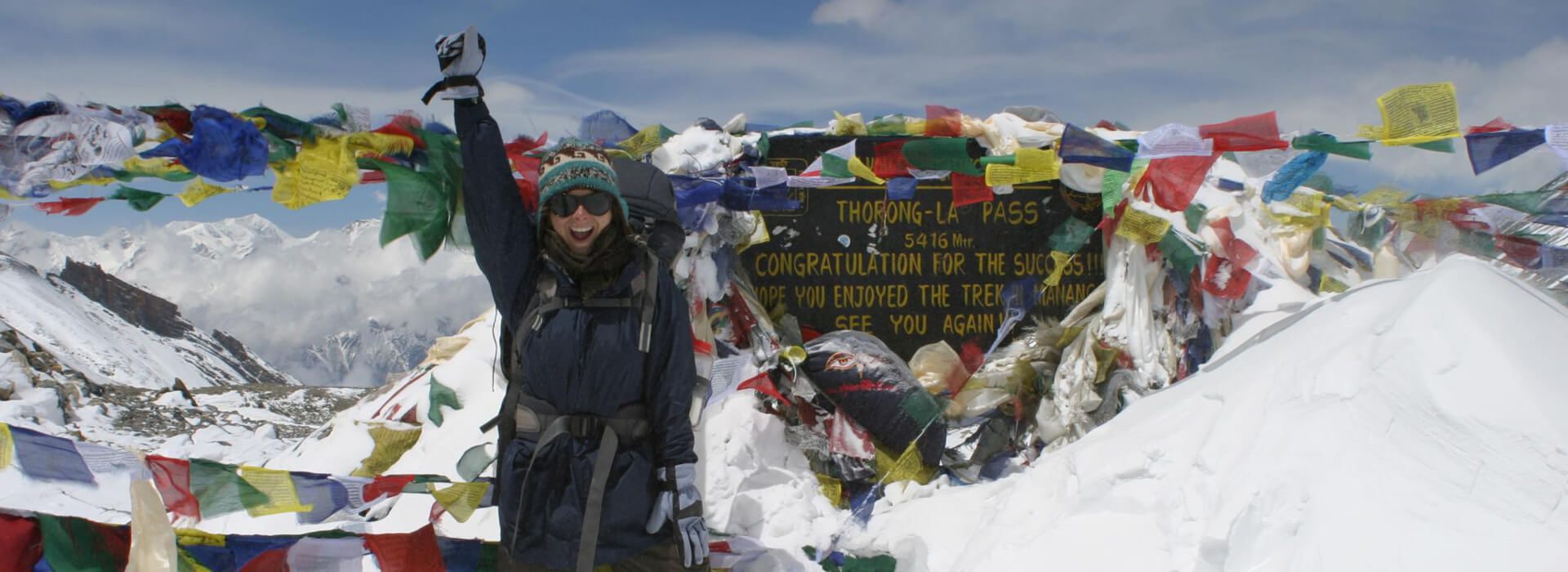Annapurna Base Camp Trek Difficulty In Different Seasons
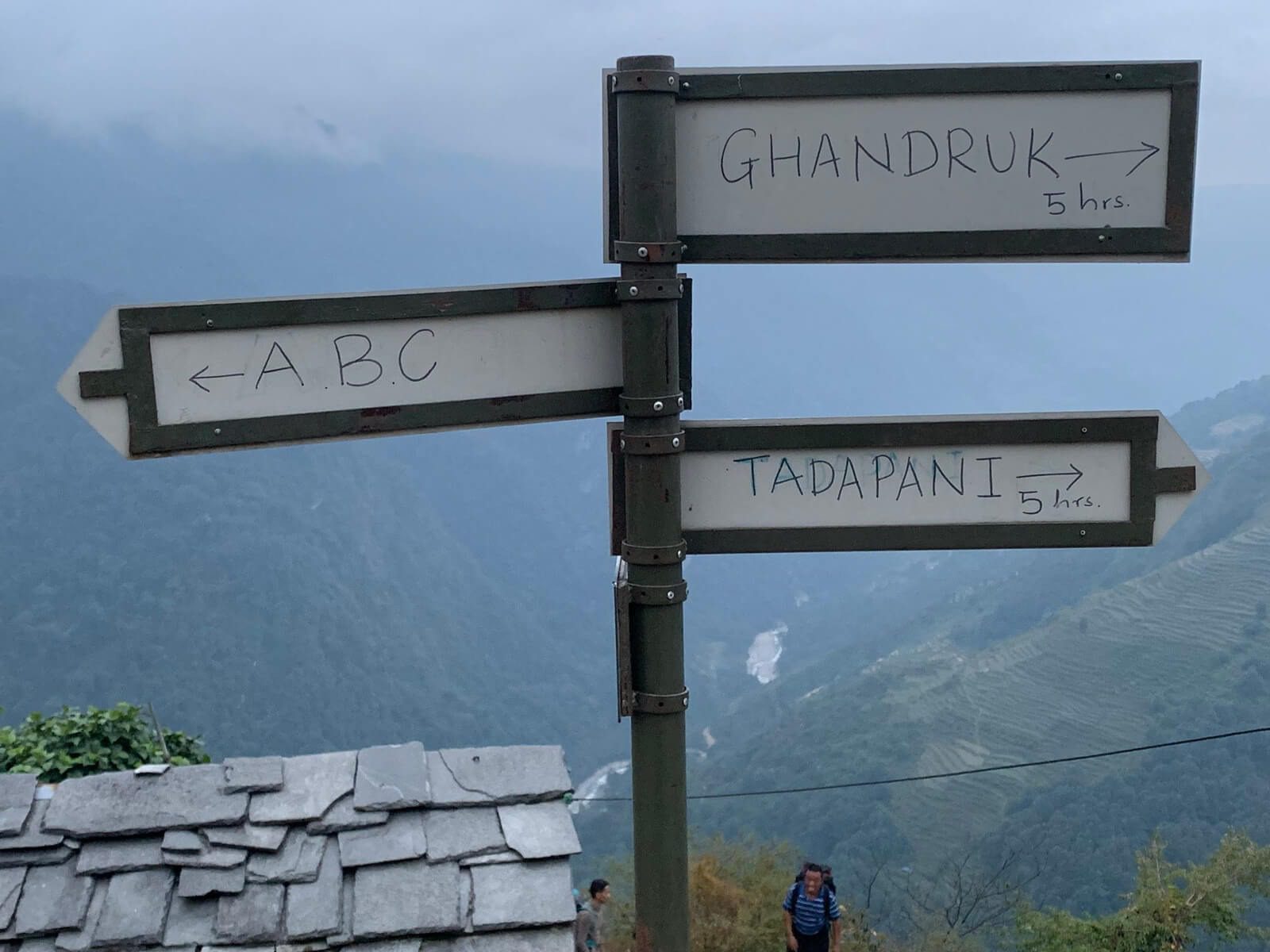
1. Difficulties during Autumn (September, October, November)
Autumn is considered the best time to trek to Annapurna Base Camp and any other trek in Nepal. Although trekking during autumn offers perfect weather and temperature condition for trekking, you may still face some difficulties:
- Since Annapurna Base Camp Trek is peak time, the trails are highly crowded during autumn. Thus, if you want to trek in solitude and peace, autumn is not the right time to trek.
- It is tough to arrange accommodation and food during autumn. Thus, pre-booking is a must if you trek in the autumn season.
- Also, accommodation and food costs are relatively lower than in the offseason.
2. Difficulties during Winter (December, January, February, March)
As the winter kicks in, the Annapurna regions get very cold. Thus, trekking to Annapurna Base Camp in Winter is very challenging. So, before deciding to trek in winter, you must think carefully and prepare well to face the challenge.
Here is a list of some challenges that you may face during the winter season:
- Since the higher altitude temperature gets below freezing, it can snow anytime. Also, the weather can vary drastically in winter.
- The higher altitude trails are usually covered with snow; walking on snow can be challenging and exhausting.
- The Annapurna regions get pretty cold during winter. Also, the sunlight is not as warm as in other seasons. Thus, always keep yourself warm, especially at night.
- One of the biggest challenges you may face is the risk of avalanches while trekking to the Annapurna Base Camp in winter.
Related Article
3. Difficulties during Spring (March, April, May)
Spring is the second-best season for Annapurna Base Camp Trek. Here are some of the difficulties you may face while trekking to ABC in Spring:
- The trails are always crowded and noisy as spring is the peak season.
- Finding accommodation in spring can be very difficult. If you are a solo trekker, it will be impossible to find a solo room. So, pre-booking is highly recommended.
- The higher altitude regions are still icy during early spring.
- You may face a few rainfalls if you are trekking in late spring. There are even chances of blurred surroundings.
4. Difficulties during Summer/ Monsoon (June, July, August, September)
Summer/Monsoon is the offseason for Annapurna Base Camp Trek. Since the region gets very hot and downpours are frequent, most people don’t prefer to trek in Summer/monsoon.
But if you have decided to trek to Annapurna Base Camp in the monsoon, then here are some of the difficulties you may face along the trail:
- The days are sweltering and humid in the lower regions, making it challenging to trek during the daytime. You will feel hot and will get more sweaty.
- Since there is frequent rain, the trekking trails get very wet and slippery. So, be careful while walking.
- You will walk through various sections with risks of avalanches or mudslides.
- The weather is foggy so you won’t get a good view of the Himalayan vistas.
- The rain can continuously fall for a few days. Thus, you may not enjoy the trek.
- Leeches and summer bugs add difficulties to the trek. Take table salt and insect repellents.
Trekking Gears to Avoid Annapurna Base Camp Trek Difficulty
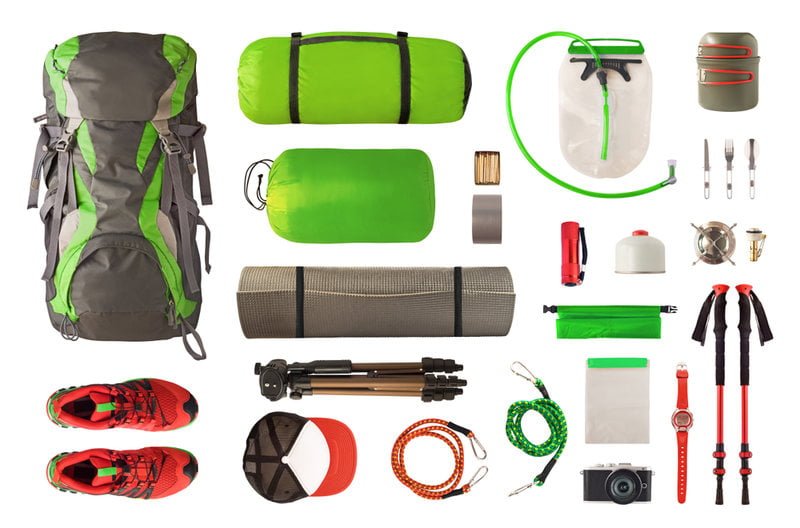
1. Clothing
The weather and temperature in the mountains never remain constant. It is constantly changing. Most of the season, the morning and night are colder, while the daytime gets warm. Thus, wearing your clothes in a layer can help you tackle the weather.
This is the list of clothing that should be carried on your trek.
- Hiking underwear
- Hiking shirts
- Trekking socks
- Trekking pants
- Rain Jacket and rain trousers
- Lightweight down jackets
- A pair of trekking boots
- A pair of gloves
- A pair of hiking sandals
- A sun hat
2. Other accessories
- Trekking Poles
- Headlamp and batteries (for night walk)
- Watch with the alarm clock
- Polarized sunglasses
- Sleeping bag with a liner (for extra warmth)
- Cameras and batteries
- Battery chargers
- Some extra batteries
- Energy bars or chocolates
- Water Bottle
- First aid kit and some medicines (for altitude sickness, diarrhea, cold, nausea, and many others)
3. Hygiene and toiletries
- Sunscreen
- Moisturizer
- Lip Guard
- Eye drops
- Nail cutters
- Shampoo
- Soap
- Towel
- Toilet Paper
- Hand sanitizer
- Toothpaste and toothbrush
4. Important Documents to carry at all times
- Passport
- Permits
- Enough cash (most places do not have ATMs)
Some Useful Tips on Annapurna Base Camp Trek Difficulty
- Walk at a slow and steady pace. Take enough rest and acclimatize properly.
- Drink enough water and always keep yourself hydrated. Avoid smoking and alcohol during the trek.
- Do proper training before the actual trek. Work on your stamina and mental fitness to walk on the rugged terrain of the Annapurna region.
- Always be aware of food and water hygiene. Try to avoid unclean foods and drinks during the trek.
- Take your time to acclimatize. Make a proper acclimatization schedule. Acclimating is crucial for a successful trek.
- Wear a kneecap if you have knee problems. The frequent walks uphill and downhill are killing.
- Take some energy bars or chocolates. A first aid kit with essential medicines is a must.
Conclusion
The Annapurna Base Camp trek is a moderate-level trek. This trek is perfect for trekkers of all age groups. With proper training and strong willpower, you can beat every Annapurna Base Camp Trek difficulty that might come along. This trek is a lifetime kind of experience.
Please contact us for more information or check out our blog on “Annapurna Base Camp Trek FAQs.”

